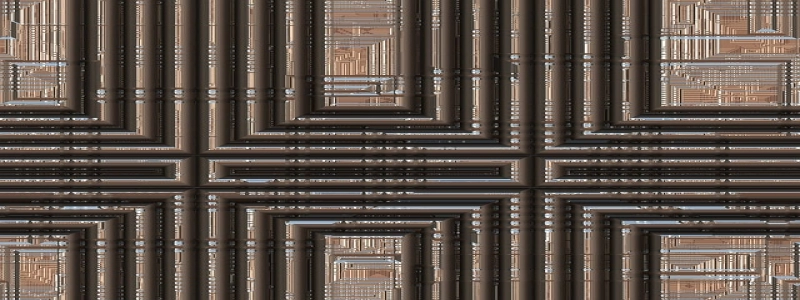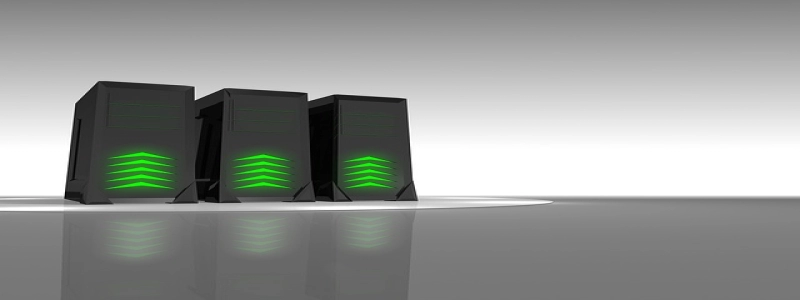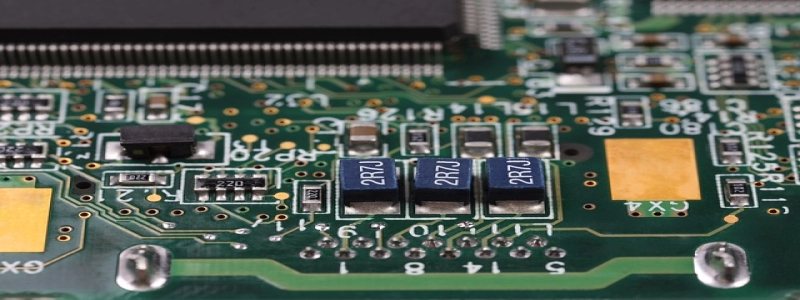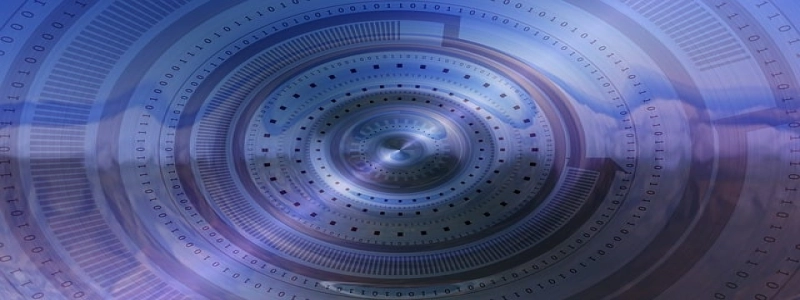[Dispersion vs Diffraction]
介紹:
Dispersion and diffraction are two fundamental phenomena that occur in various branches of physics, including optics and wave mechanics. While they are both related to the behavior of waves, dispersion and diffraction have distinct characteristics and effects. 在這篇文章中, we will explore the differences between dispersion and diffraction and understand how they play a role in different systems and applications.
我. Dispersion:
A. Definition and Explanation:
Dispersion refers to the phenomenon where different wavelengths of light or waves propagate at different speeds through a medium. This causes a separation of the different colors or wavelengths, resulting in the decomposition of light into its constituent colors, as observed in a prism. Dispersion occurs due to the variation in the refractive index of materials with respect to wavelength.
Example: The dispersion of white light into a rainbow spectrum when passing through a prism.
B. Types of Dispersion:
1. Material Dispersion: It is caused by the intrinsic properties of the material itself, such as the interaction between the electrons and the electromagnetic field. Materials like glass exhibit dispersion due to their unique refractive index characteristics.
2. Chromatic Dispersion: It refers to the spreading of different wavelengths of light in an optical fiber, limiting the data transmission quality. Chromatic dispersion occurs due to the different propagation speeds of light at various wavelengths.
3. Waveguide Dispersion: It arises from the geometrical properties of waveguides, causing variations in the propagation characteristics of guided waves with respect to wavelength.
第二. Diffraction:
A. Definition and Explanation:
Diffraction is the bending or spreading of waves when they encounter an obstacle or encounter an aperture. When a wave passes through a small opening or around an object, it bends and spreads beyond its original path. The phenomenon of diffraction can be observed when waves encounter an obstacle that has a dimension similar to the wavelength of the incident wave.
Example: The bending of sound waves around obstacles, such as buildings or mountains, resulting in the audibility of sound in certain regions.
B. Types of Diffraction:
1. Fraunhofer Diffraction: It occurs when a wave passes through a small aperture or opening with parallel incident waves. Fraunhofer diffraction results in a pattern of bright and dark regions known as diffraction pattern or interference pattern.
2. Fresnel Diffraction: It is observed when the wavefront is not parallel and the diffracting object is close to the source or observer. Fresnel diffraction results in curved wavefronts and complicated interference patterns.
3. Edge Diffraction: It happens when a wave diffracts around the edge of an obstacle, creating a pattern of interference and diffraction fringes.
結論:
Dispersion and diffraction are distinct wave phenomena that play important roles in various scientific and technological applications. Dispersion is related to the separation of different wavelengths, while diffraction refers to the bending and spreading of waves. Understanding these phenomena helps researchers and engineers design better systems, such as fiber optics and gratings, and enables us to comprehend the behavior of waves in different contexts.








